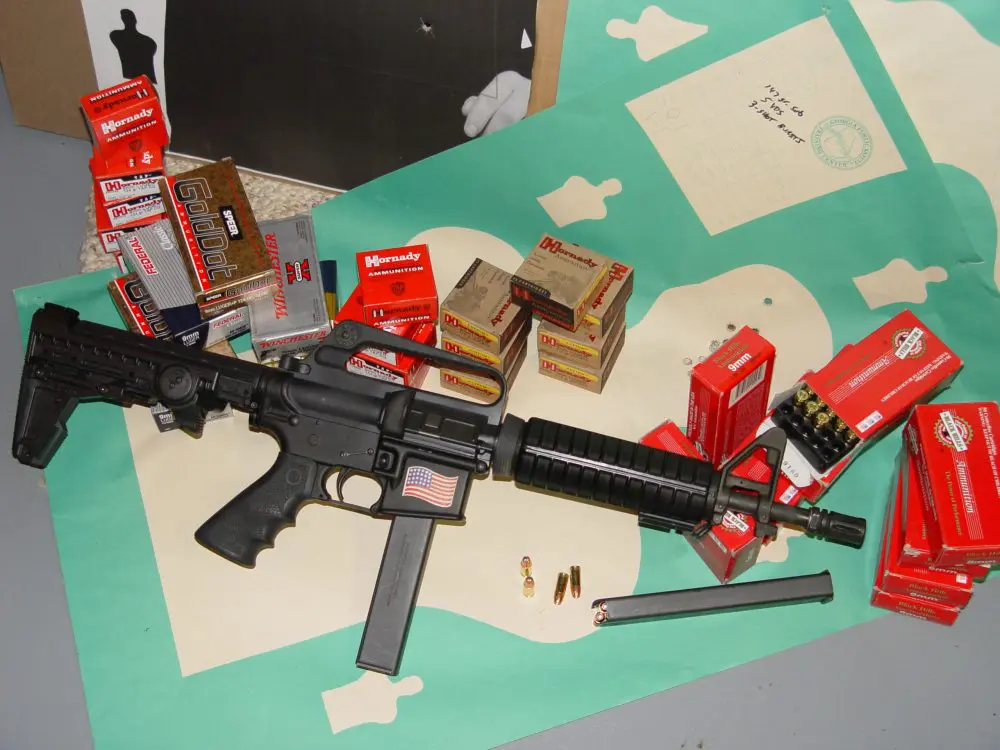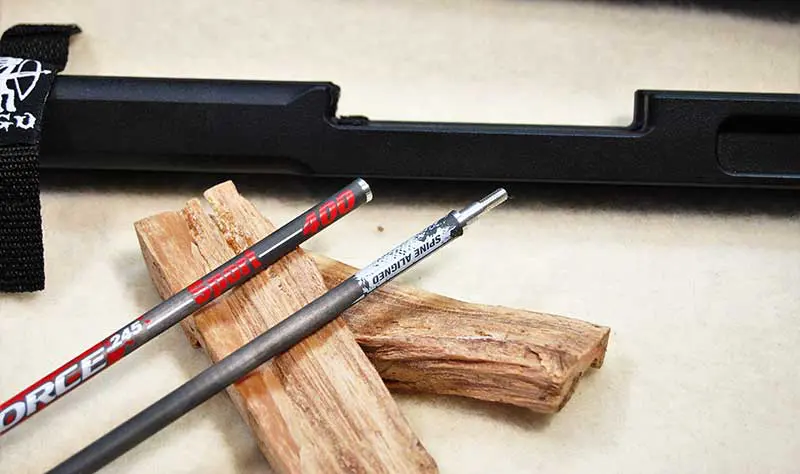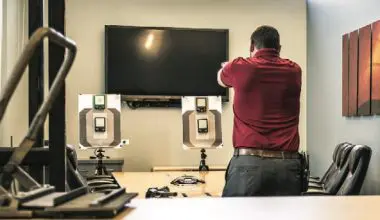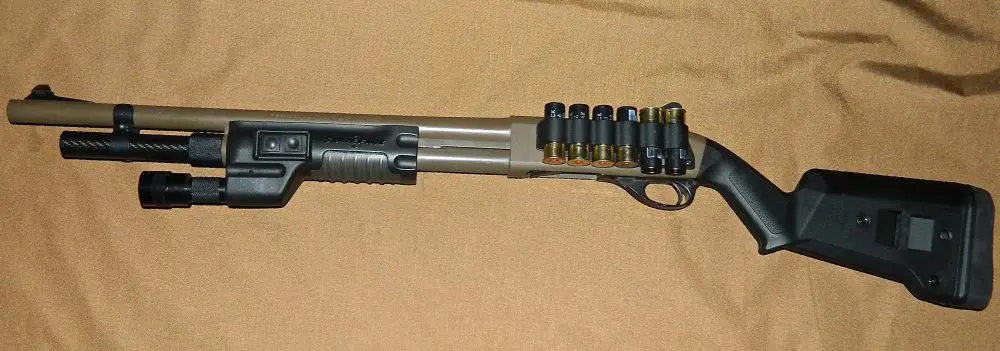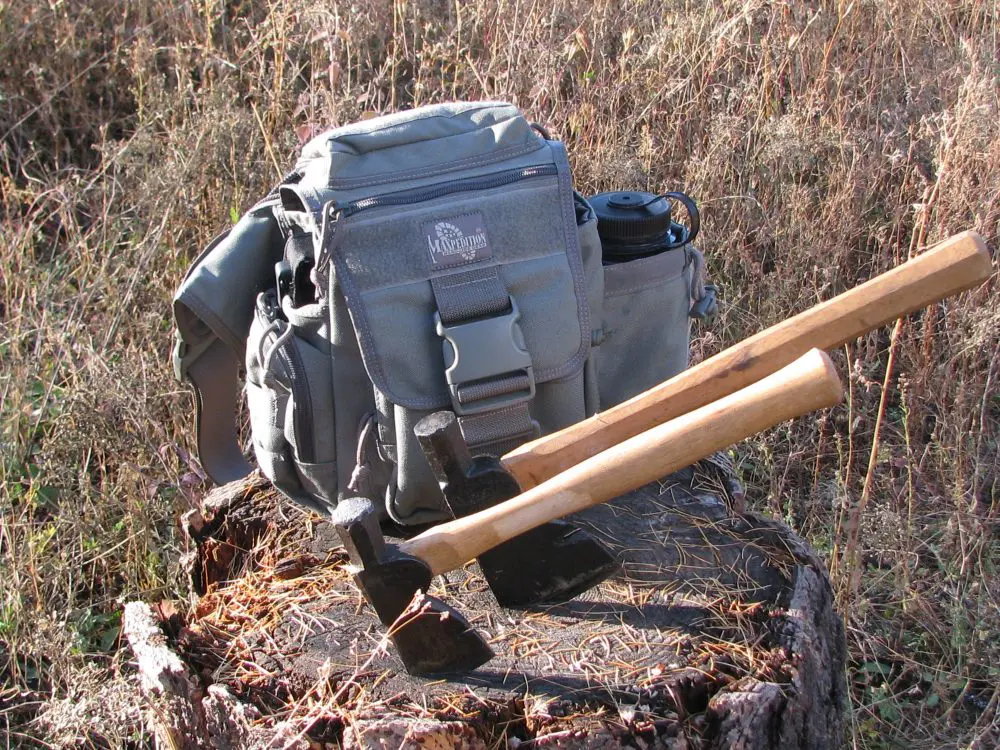Are you a man? Have you had a major stress event in the past five years? Do you have an aggressive, self-centered nature? Have you made threatening communications and caused concern from others regarding your intentions?
If so, please report to the nearest police station or mental health facility because you’re an A-1 candidate to become an active shooter in the U.S.
That information comes courtesy of an interesting document I just read called Mass Attacks in Public Spaces – 2017 from the United States Secret Service (USSS) Threat Assessment Center. The data folks in Washington put this report together so everyone else, especially cops, have a good idea of who we need to keep an eye on.
I already addressed that in the first paragraph, but there is much more to tease out.
Ironically this information hits home because just a few days ago, a community near me was victimized by a school shooting. One student was critically injured, but a quick-thinking science teacher managed to brain the 13-year-old shooter with a fire extinguisher to end the rampage before it really started.
The heroic teacher, Jason Seaman of Noblesville, Indiana, undoubtedly saved many lives and again demonstrated that an immediate, aggressive counterattack, even unarmed, is the key to reducing casualties in mass-attack scenarios.
It’s all hearsay, but from what I’ve learned via friends and their kids at the school, the unnamed suspect fit much of the criteria mentioned in the USSS report. So who is the classic “active shooter?”
For the most part, the mass attacker is a guy you already think is a likely suspect.
That’s the clear takeaway from the data analysis. Looking at the statistics from 2017, the shooters were 100% male and all had experienced major stress in the previous five years, such as the death of a loved one, job loss, or major legal/disciplinary troubles.
From there, 82% were considered aggressively self-centered and narcissistic, and almost 80% had made threatening communications prior to their act. The same percentage of attackers had also raised major concern about their behavior leading up to the attack. At least 70% have prior criminal charges.
Let’s put this out there in simple terms for our non-judgmental, unbiased, we’re-all-winners-here world: The strange loner kid at school or angry guy at work whom you half-jokingly predict will eventually “Go Postal” probably will. Or at least he’s thinking about it. Take steps to keep yourself safe in their presence.
If possible, let somebody know. It doesn’t always work out, just as law enforcement had multiple warnings about the suspect prior to the Parkland school shooting, but you need to try anyway.
What the media got wrong is that, though the Parkland shooter slipped through “the system’s’ fingers,” I would wager that an imminent mass shooting is thwarted every single week across the country by local, state, and federal law enforcement and mental health officials.
Moving back to statistics, commonality starts to fall apart once you get past the above-named traits. Mental health and history of violence are common in 64% of attackers, and substance abuse in approximately half. When you drill down into motivation and belief, you get into a totally mixed bag of jelly beans that is all over the ideology/theology map.
One concept, which I have also personally noted in news reports, is the seemingly increasing number of attackers who surrender or are otherwise taken into custody. When the mass-shooter phenomenon first took hold, suspects frequently took their own lives upon seeing resistance. Now, not so much.
In the Secret Service report, it was noted that only 29% of the attackers committed suicide. Of the remaining group, 14% were killed by responders, and the rest were taken into custody as part of the incident or soon after.
This statistical tidbit should heighten your awareness that the old idea of “they always commit suicide when the shooting stops” isn’t accurate. In fact, the Wikipedia “active shooter” entry even includes the following quote: “when the prospect of confrontation with responding law enforcement becomes unavoidable, the active shooter commits suicide.”
This “new” (perhaps) paradigm could affect you directly when confronting a mass attacker. If that person decides to give up without a fight, you would be hard pressed to legally justify pulling your trigger one last time. As much as it might feel good, somebody would have a camera recording the event, and you would probably end up with the prison term the shooter deserved. If you’re a cop, you’ll likely get the death penalty along with all of your family and pets.
I point this out simply because so many people accept at face value that the end of an active-shooter incident involves either a suspect suicide or “termination with extreme prejudice” by a good guy. Now that the third option is in play, you need to be ready for that terribly disconcerting moment when you realize, “I can’t just shoot this guy. I gotta do something with him!”
Beyond that, the industry-standard immediate-action response to any mass attacker remains the same: Get away if you can, attack with everything you’ve got if you must, and above all, always be ready for it to happen to you.
Especially when you realize your alcoholic, aggressive, self-centered co-worker just left work early to get a beer after writing a threatening note to the boss on the back of his divorce papers!

